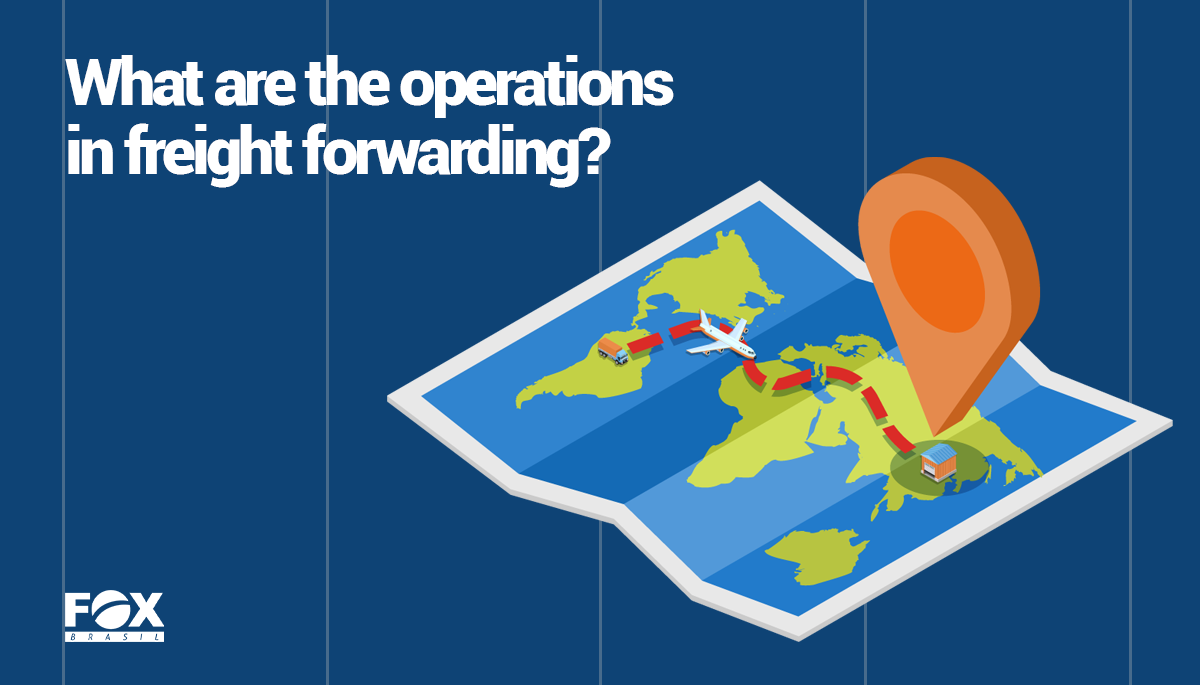What are the operations in freight forwarding?

Understand Logistics & Freight
There are many stages involved in the process of freight forwarding, starting from the moment where the seller or buyer of the goods to be transported make their first contact with the freight forwarder, to the moment when it reaches its final destination. But what happens in between?
Stage 1 – Export Haulage
This is what we call the process of collecting the cargo from the consignor’s (the company shipping the product) warehouse and transporting them into the one arranged by the freight forwarder. It is usually done by road or by rail, sometimes both, and the length of this stage relies on the distance between the pickup spot and the warehouse where the goods will be stored before the transportation continues.
Stage 2 – Items Checkpoint
When the freight forwarder receives the cargo, they check it to ensure everything was safely transported and if it is ready to move on to the exportation.
Stage 3 – Export Customs Clearance
The cargo needs to be cleared by the country of origin before it can be shipped off to its destination. This is the stage where the freight forwarder, or a customs broker, has to gather all of the required documentation to get the clearance, such as the Commercial Invoice, that has necessary details about the goods, the Packing List that carries the serial number, the dimensions of the cargo and the HS code, among other important documents.
Stage 4 – Import Customs Clearance
In this stage, the shipment has arrived at the destination’s country, but it needs to be checked again by the local authorities to make sure that everything is in order. The freight forwarder can actually get this process started even before the cargo gets there, which can contribute to a faster delivery.
Stage 5 – Destination Arrival and Handling
Once the cargo has arrived and it’s cleared for the last stage of the transport, the freight forwarders receive all of the documentation regarding it, including carriers’ invoices and more.
Stage 6 – Import Haulage
In the last step of the process, the cargo is finally transported to the destination. This transportation can be taken care of by the freight forwarder or by the buyers themselves, who sometimes choose to collect the goods on their own.